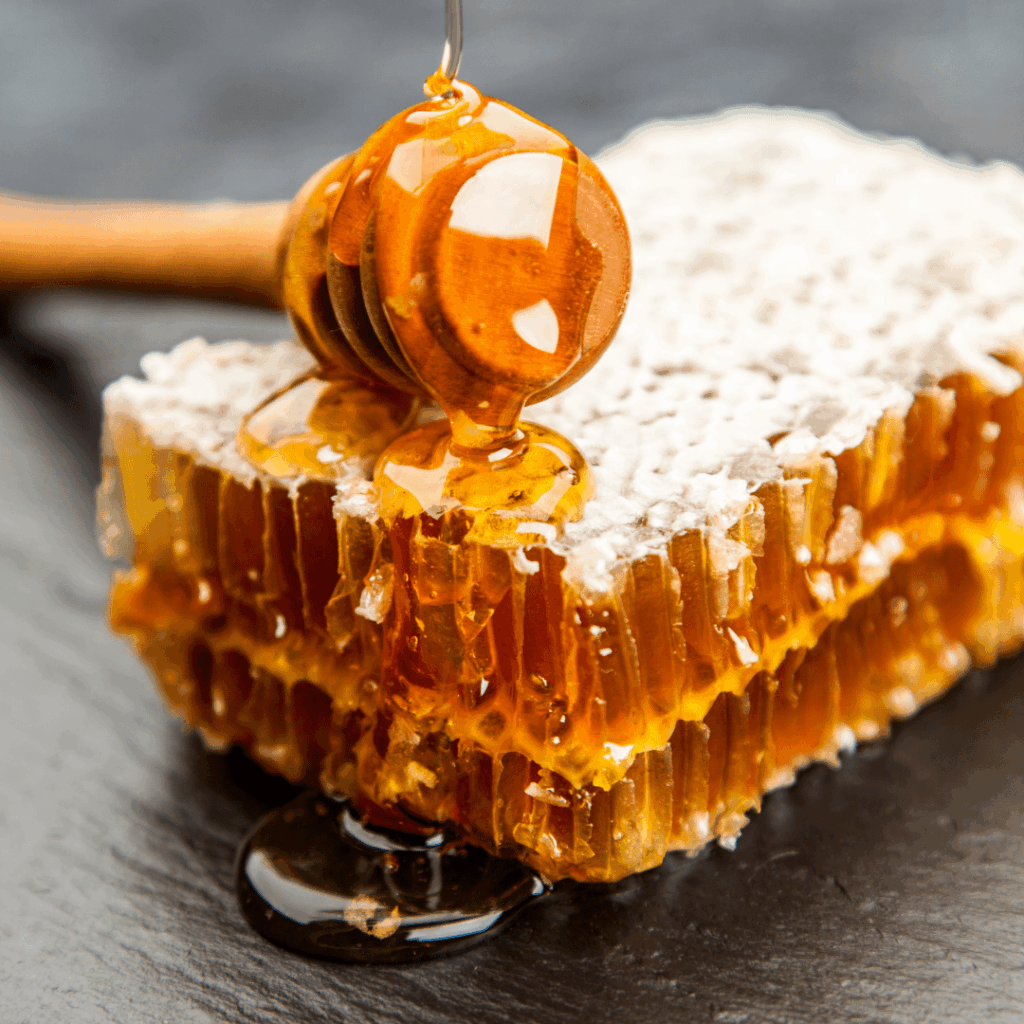Every jar of local honey tells a story of the season, the flowers in bloom, and the bees that brought them together.
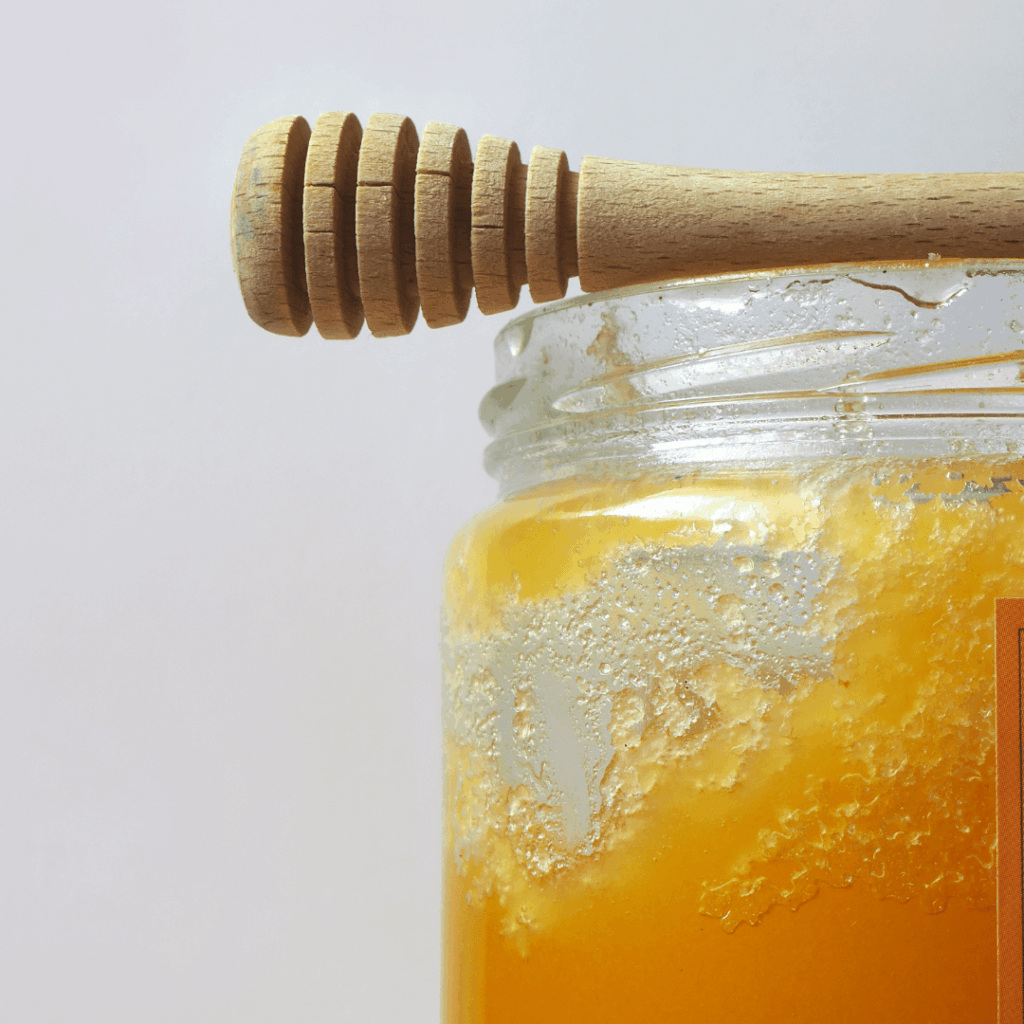
Local honey changes with the rhythm of the seasons. The flavour, colour, and texture of what’s in your jar depend entirely on what’s flowering near the hives. From the pale sweetness of spring blossom to the deep, aromatic notes of late-summer heather, every spoonful is a snapshot of nature’s calendar. Here’s what to expect in your jar this month – and why it tastes so different from anything on a supermarket shelf.
Spring: Light and Floral
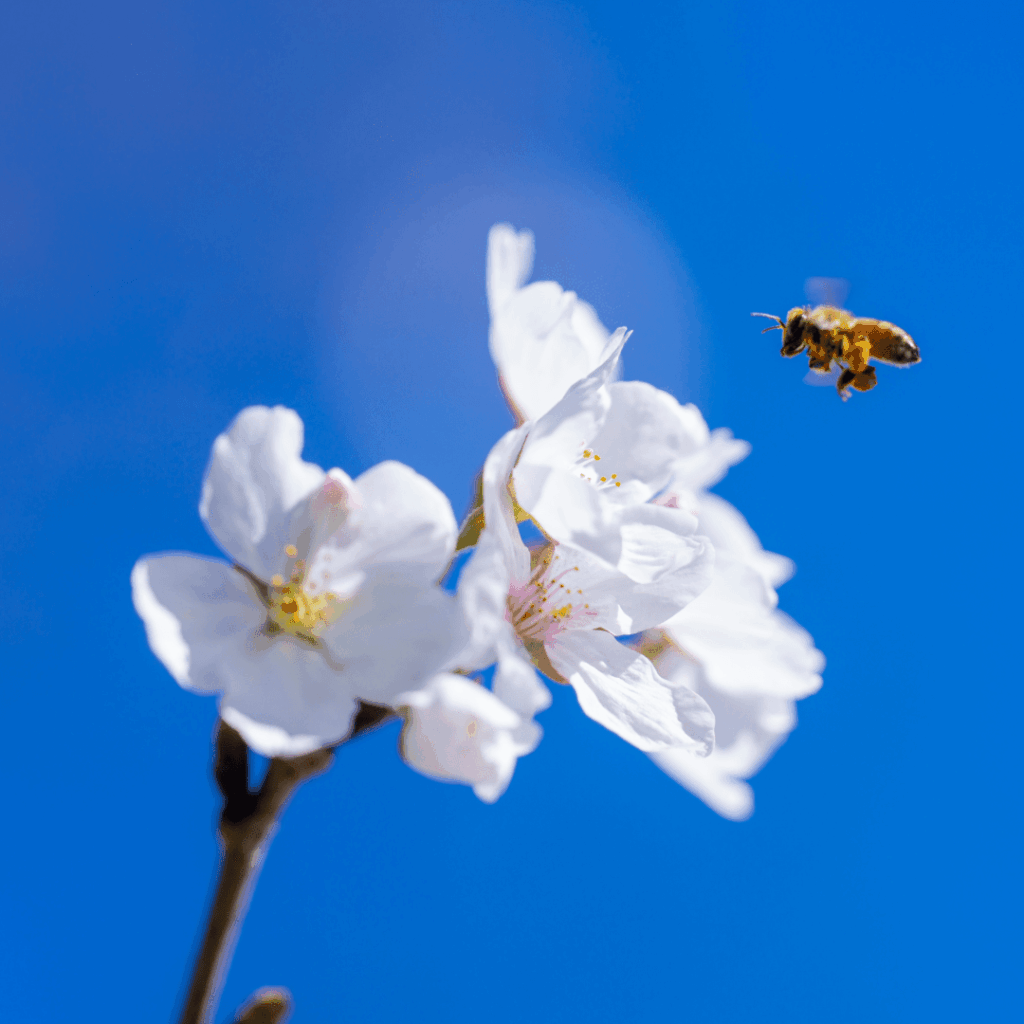
Spring honey is the colour of sunshine – light, delicate, and often quick to set. Bees gather nectar from willow, hawthorn, apple, and dandelion. The result is a fragrant honey that can crystallise into a soft, buttery texture. It’s one of the first rewards of the year for both bees and beekeepers.
Summer: Balanced and Versatile
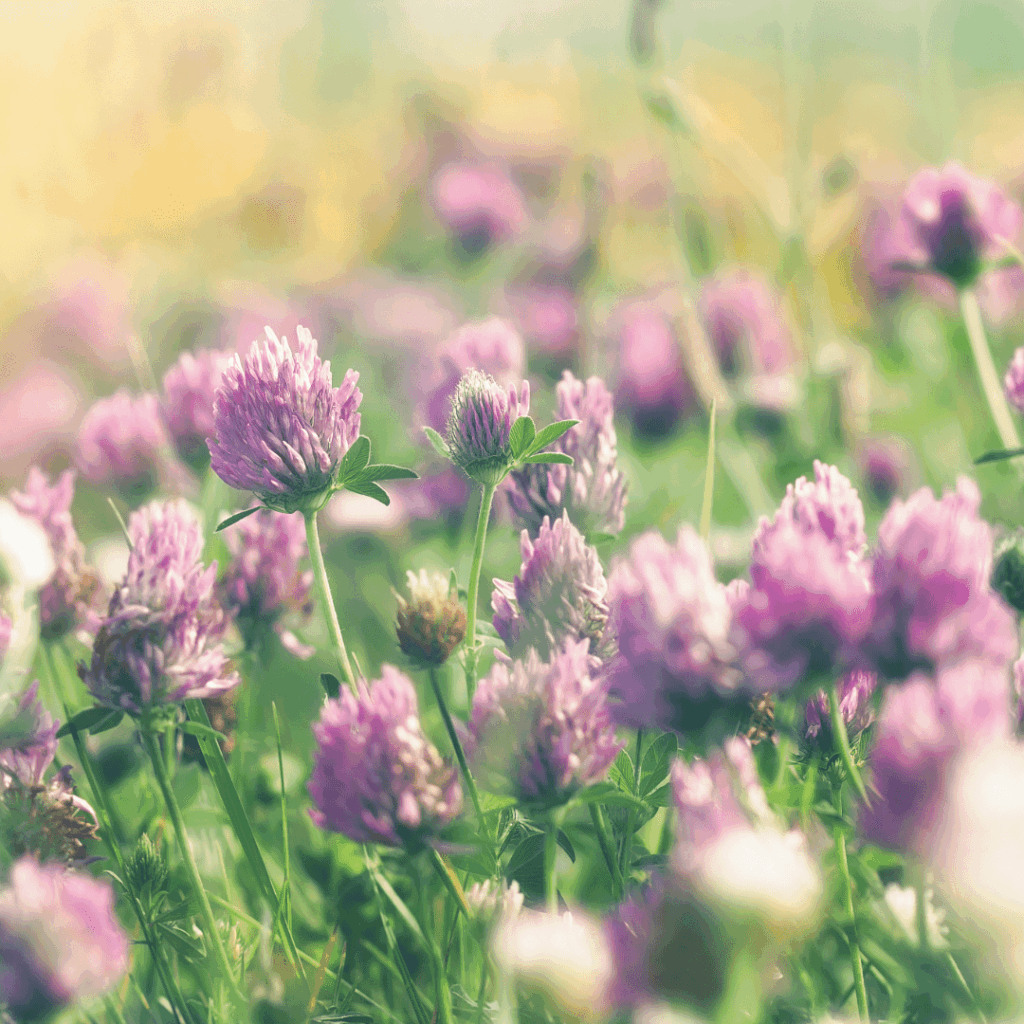
By midsummer, bees are spoiled for choice. Clover, bramble, lime, and wildflowers dominate the landscape, producing honey that’s amber in colour and wonderfully balanced in flavour – sweet with subtle herbal notes. This is the honey most people think of when they picture ‘classic’ local honey.
Late Summer: Heather and Wildflower Richness
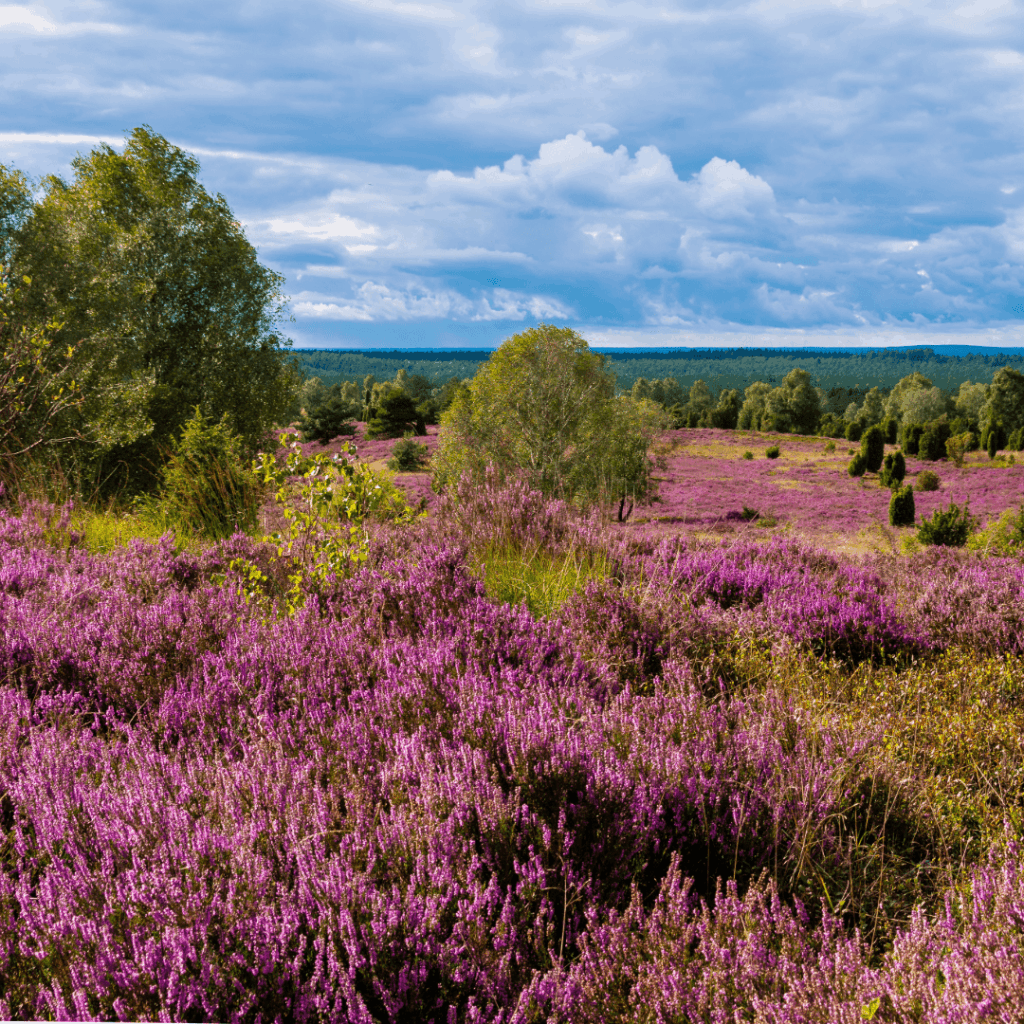
In late August and September, bees in upland and moorland regions visit heather – a nectar source that produces one of Britain’s most prized honeys. Heather honey is rich, aromatic, and jelly-like, with a strong floral scent. It’s a reflection of rugged landscapes and shorter, cooler days.
Autumn: Dark and Warming
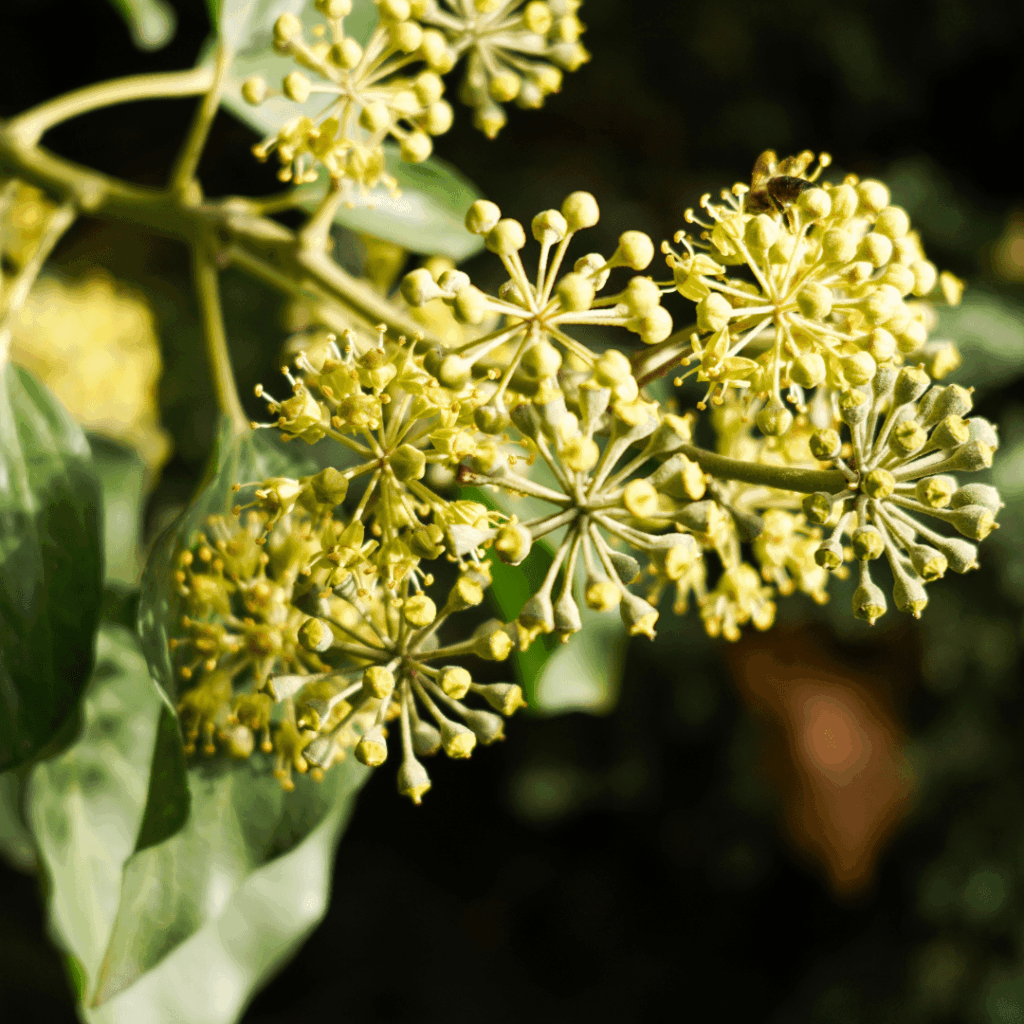
As the year winds down, ivy blooms become the bees’ last major nectar source. Ivy honey is thick, dark, and medicinal in flavour – not everyone’s favourite, but invaluable for bees preparing for winter. If you’re lucky, your local beekeeper may bottle a small batch to share.
Every Jar Has a Story
That’s the beauty of local honey – it changes with the landscape. Supermarket honey is usually blended, filtered, and pasteurised, which removes the distinctiveness of time and place. Local honey is alive with variation, character, and authenticity.
So next time you open a jar, take a moment to appreciate what the bees – and the seasons – have created. Want to know more about where your honey comes from? Visit Find a local beekeeper or learn more about honey adulteration.
